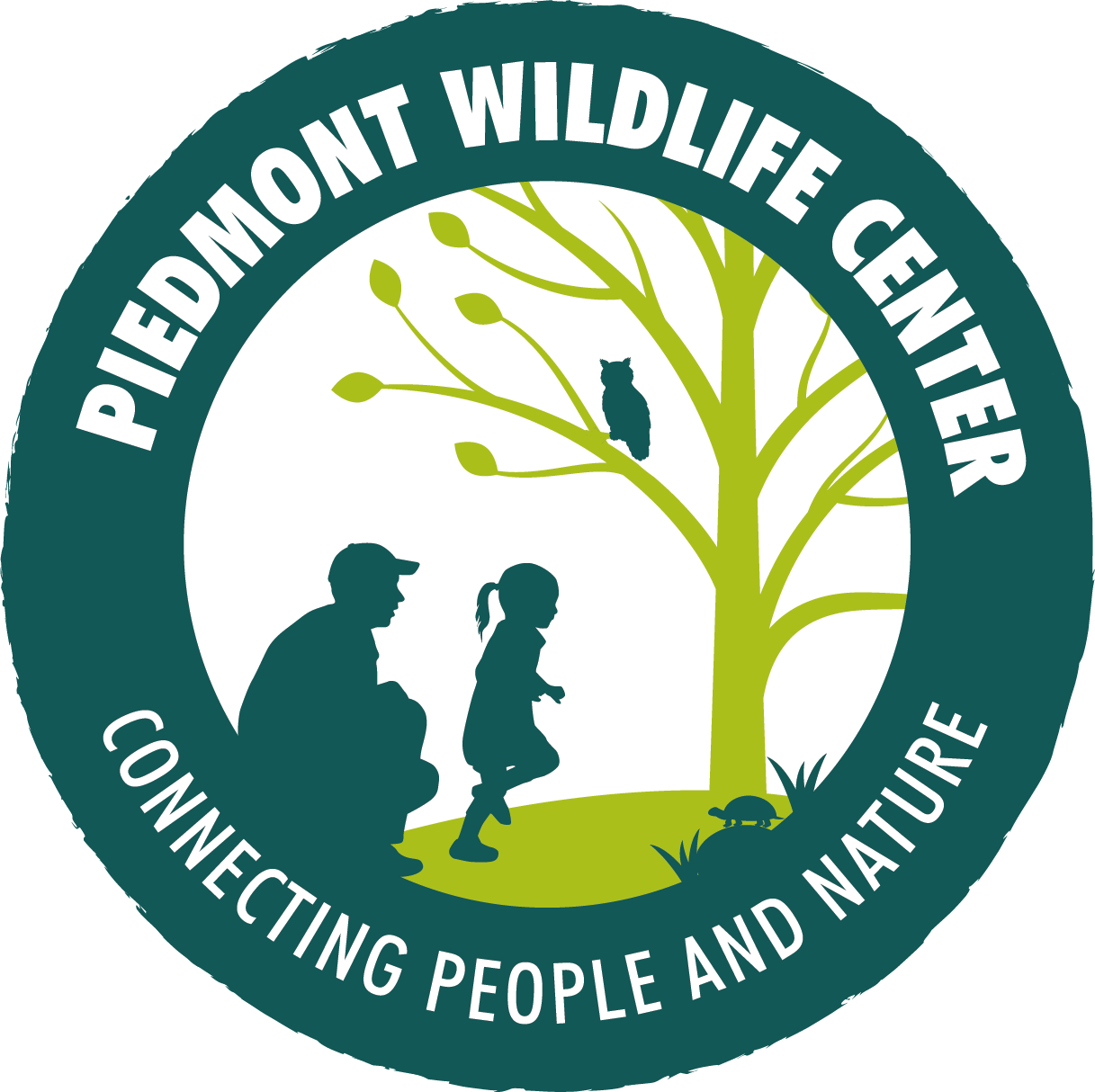Common Bluet, Houstonia caerulea. Photo by Karen McCall.
Join our Executive Director, Karen McCall, as she journeys outside amid the varying hues of green foliage to bring us another installment in our Plant Magic series. In this installment, we explore paw-paws and bluets!
Growing up I remember singing “Way down yonder in the paw-paw patch…pickin’ up paw-paws, putin’ ‘em in her pockets…” It made me laugh and was also a mystery as I had seen the trees but never the fruits until much later in life. The paw-paw tree, Asimina trilob, is a southeastern U.S. native understory tree, found in bottoms of ravines, low areas that tend to be wet, and creeksides. The trees can multiply through their root system, but won’t produce fruit without a different strain nearby for cross-pollination of their flower, thus forming the fruit.
The kidney-shaped fruits (the largest edible fruit native to the United States) start out green, then turn yellow to black when they ripen in the fall. Rich in minerals like copper, iron, magnesium, manganese, and iron, they are also a great source of vitamin C, potassium, protein and much more! Not a fan of the banana, I was never eager to try the fruit as that is the flavor people would liken it to. In recent years, though, I have been as adventurous and open-minded as possible, biting into a few paw-paws that have been offered to me. The last was similar in flavor to a mango and quite creamy, like banana pudding! For more in depth information, Kentucky State University has a full-time pawpaw research program. Visit, https://perma.cc/NZT3-GCWY for more information.
Another quite different spring flower that always excites me and lightens my step is the common bluet, Houstonia caerulea. This delicate native plant appears across our state and has a little 4 petaled flower with a yellow center. Sometimes many appear in an area looking like a carpet covering the spring ground, almost seeming to be suspended just above moss or leaf litter. It serves as a pollinator plant for bees, butterflies and others, and as a host plant for the Spotted Thyris moth, thyris maculata.
If you’re interested in welcoming native plants like these into your own garden, consider supporting both your local ecosystem and Piedmont Wildlife Center by buying plants from Garden for Wildlife by National Wildlife Federation! 15% of each purchase you make through our referral link will be donated directly to Piedmont Wildlife Center to help us connect more people with nature.
Paw-Paw Tree, Asimina trilob. Photo by Karen McCall.















